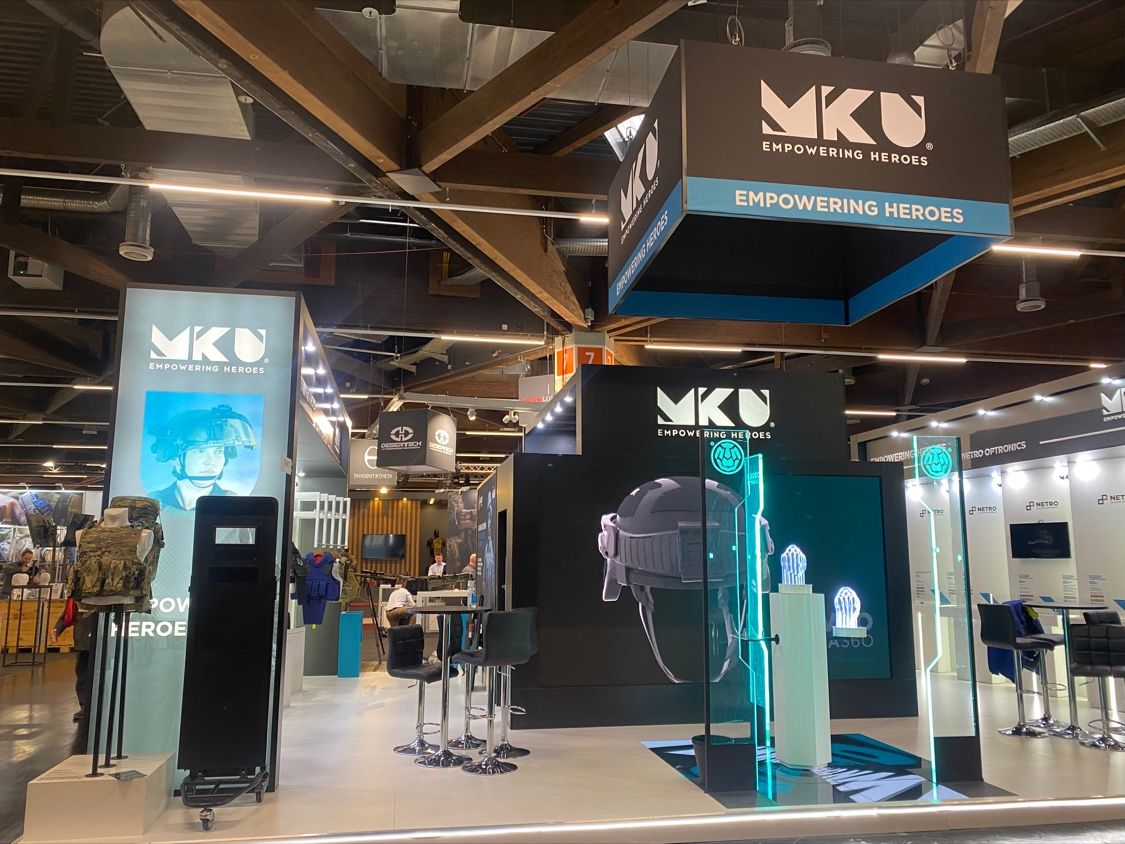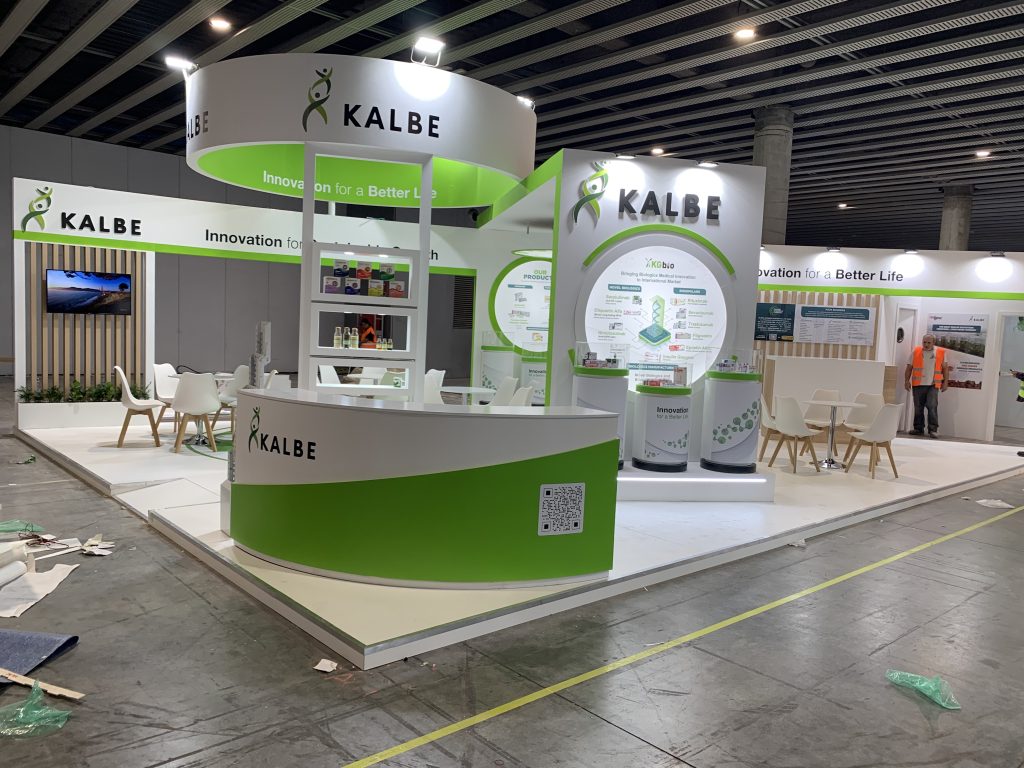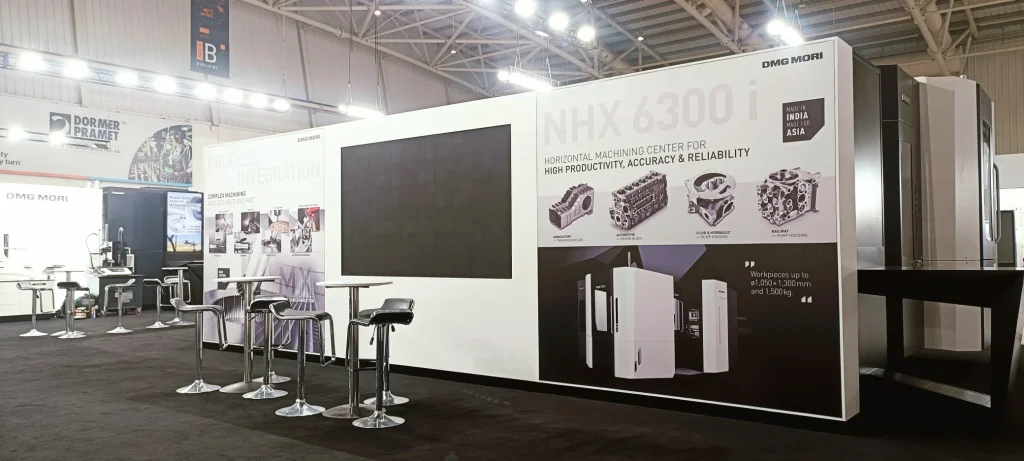
Introduction
In the dynamic world of trade shows and exhibitions, creating an engaging and memorable experience for attendees is paramount. With the rapid advancement of technology, robotics has emerged as a game-changer in modern exhibition booth design.
The integration of robotics not only captures attention but also enhances interaction, providing unique and personalized experiences for visitors. This blog delves into the role of robotics in modern exhibition booth design, exploring its benefits, applications, and future potential.
The Impact of Robotics on Exhibition Booths:
Enhancing Engagement and Interaction
Robotics introduces an interactive element that can transform a static booth into a dynamic experience. Robots can interact with visitors in various ways, from greeting them and providing information to demonstrating products and entertaining. This interaction is not only engaging but also memorable, making a lasting impression on attendees.
Creating a High-Tech Brand Image
Incorporating robotics into booth design positions a brand as innovative and forward-thinking. It signals to visitors that the company embraces cutting-edge technology, which can enhance brand perception and credibility. This high-tech image can be particularly appealing in industries such as technology, manufacturing, and healthcare.
Streamlining Operations and Logistics
Robots can also assist in the logistical aspects of managing an exhibition booth. They can handle repetitive tasks such as distributing brochures, collecting visitor data, and even managing inventory. This allows booth staff to focus on more meaningful interactions with visitors, improving overall efficiency.
Applications of Robotics in Exhibition Booth Design
Robotic Greeters and Guides
Robotic greeters can welcome visitors to the booth, provide an overview of what they can expect, and guide them to different sections. These robots can be programmed with facial recognition technology to offer personalized greetings, enhancing the visitor experience from the moment they arrive.
Interactive Product Demonstrations
Robots can be used to demonstrate products in a way that is engaging and precise. For example, robotic arms can perform intricate tasks to showcase the functionality of a product, while humanoid robots can explain features and benefits in an interactive manner. This not only attracts attention but also ensures that the demonstration is consistent and informative.
Entertainment and Attraction
Robots can serve as entertainment, drawing crowds to the booth. Whether it’s a robot performing dance routines, playing games with visitors, or engaging in conversation, these attractions can significantly increase foot traffic. Entertaining robots can also create viral moments, encouraging visitors to share their experiences on social media.
Data Collection and Analytics
Robots equipped with sensors and cameras can collect valuable data on visitor behavior and engagement. This includes tracking how visitors move through the booth, which sections they spend the most time in, and what products attract the most attention. Analyzing this data can provide insights into visitor preferences and help refine future booth designs.
Case Studies of Successful Robotic Integration
Case Study 1: LG at CES
At the Consumer Electronics Show (CES), LG utilized robots to demonstrate its latest home appliances. The robots interacted with visitors, answered questions, and showcased product features through interactive displays. This integration not only highlighted LG’s technological prowess but also provided a unique and engaging visitor experience.
Case Study 2: Ford at Auto Shows
Ford has incorporated robotics in its auto show booths, using robotic arms to highlight the engineering and technology behind their vehicles. These robots perform tasks such as assembling car parts and simulating vehicle features, offering visitors a detailed and engaging demonstration of Ford’s innovations.
Implementing Robotics in Your Booth Design
Define Your Objectives
Before integrating robotics, clearly define what you aim to achieve. Whether it’s increasing engagement, showcasing products, or collecting data, having a clear objective will guide the selection and implementation of robotic solutions.
Choose the Right Type of Robot
Different types of robots serve different purposes. Humanoid robots are great for interaction and entertainment, while robotic arms are ideal for precise demonstrations. Select the type that best aligns with your objectives and enhances the visitor experience.
Ensure Seamless Integration
Robots should complement the overall booth design and not feel like an isolated element. Ensure that the robotic activities are integrated into the flow of the booth, enhancing rather than disrupting the visitor experience.
Train Your Staff
While robots can handle many tasks, human staff still play a crucial role. Train your staff to work alongside robots, guiding visitors on how to interact with them and providing assistance when needed. This synergy between robots and humans can create a seamless and engaging experience.
Future Potential of Robotics in Exhibition Booth Design
Artificial Intelligence and Personalization
The integration of artificial intelligence (AI) with robotics opens up new possibilities for personalization. AI-powered robots can analyze visitor data in real-time, offering personalized recommendations and interactions based on visitor preferences and behavior.
Augmented Reality (AR) and Virtual Reality (VR) Integration
Combining robotics with AR and VR can create immersive experiences that captivate visitors. For example, robots could guide visitors through a virtual tour of a product’s features or provide interactive AR demonstrations that blend the physical and digital worlds.
Sustainability and Efficiency
Future advancements in robotics can also contribute to more sustainable and efficient booth designs. Robots can optimize resource use, manage energy consumption, and handle tasks that reduce waste, aligning with the growing emphasis on sustainability in exhibition practices.
Conclusion:
The integration of robotics in modern exhibition booth design is revolutionizing the way brands engage with visitors. From enhancing interaction and creating memorable experiences to streamlining operations and projecting a high-tech image, the benefits are manifold.
As technology continues to evolve, the potential for robotics in exhibition booths will only grow, offering even more innovative and impactful ways to connect with audiences. Embracing robotics not only sets a brand apart but also aligns it with the future of trade show experiences.


 US
US
 EU
EU


